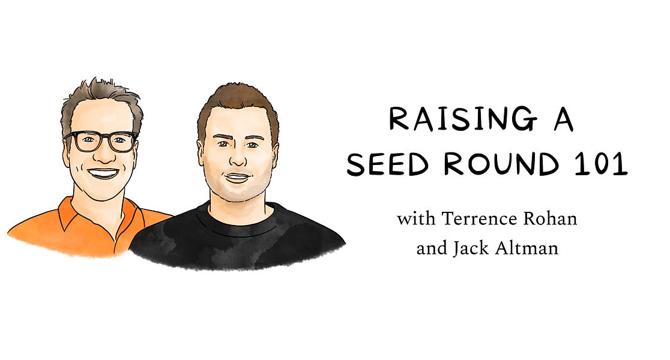Lenny's Newsletter
8M
140

Image Credit: Lenny's Newsletter
Raising a seed round 101
- Raising a seed round can be a high stakes and confusing part of being a startup founder and therefore startups must understand the nuances of raising a seed round to maximize the odds of success.
- Terrence Rohan, who has supported companies like Robinhood from their earliest stages and Jack Altman, the founder of Alt Capital who has invested in companies such as Lattice, provide an in-depth and practical guide on raising a seed round.
- Startups must first decide if venture capital is the right option for them and if so, they should pursue raising a seed round only if they have the ability to scale and want to give up approximately 10%-20% of their company to investors.
- Before raising a seed round, startups must have proof of commitment, proof of work, and proof of insight. Commitment entails leaving one’s old job and making a full commitment as the founder. Work entails doing enough research on the problem one seeks to solve. Insight entails one having a clear thesis on what they plan to build.
- Startups must decide how much money they should raise in a seed round and a simple formula is to aim for a 24-36 month runway, building in a 25% buffer.
- By activating emotional triggers of prospective investors such as the fear of missing out (FOMO), startups can maximize the odds of success of their seed capital fundraising.
- It is crucial to plan and prepare one’s pitch before meetings with investors. A well-crafted memo and minimal deck with relevant financials and proof of work are good to have. Startups must have strong intros to investors and practice perfect synchronous preparation for multiple pitch meetings to create excitement and a sense of urgency amongst investors.
- To offer startups insider insight, anecdotes and advice from successful founders who have raised nearly $9 billion in venture capital is integrated in the guide.
- Seed-stage venture capital primarily comes from three types of investors- angels, seed funds, and multi-stage firms each with their own investment philosophy and stage-specific expertise.
- Terms that matter in seed capital fundraising are post-money valuation and whether there is a board. The most important thing is that startups get the capital they need and the right partners at the price they can negotiate after researching different options.
Read Full Article
3 Likes
For uninterrupted reading, download the app